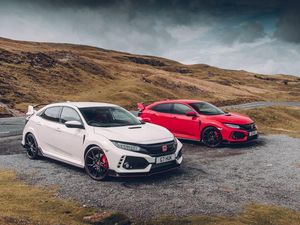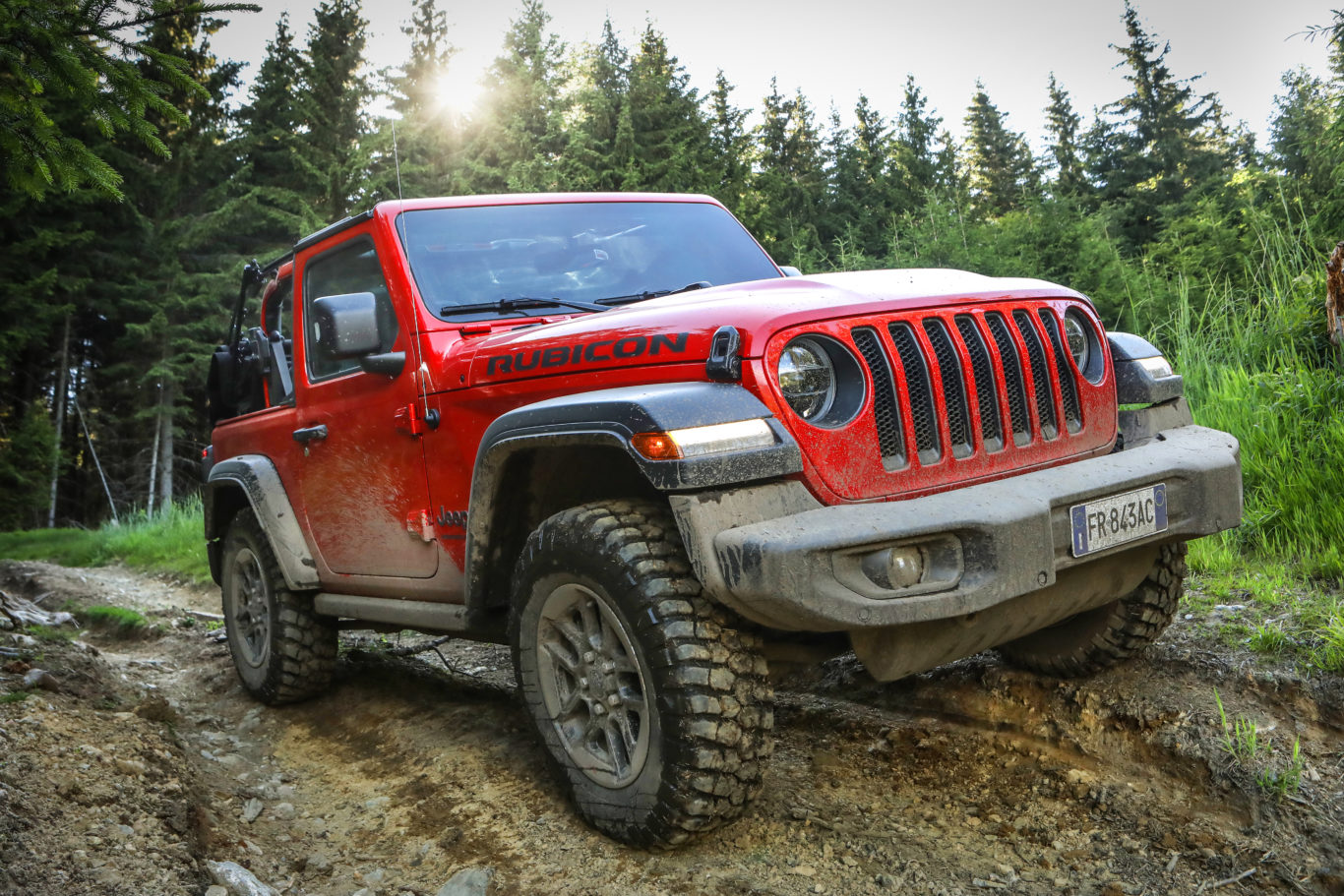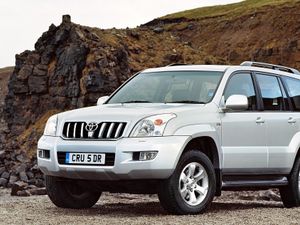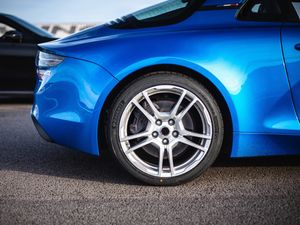Front-wheel drive vs rear-wheel drive vs four-wheel drive: explained
Which drivetrain is the best for your needs? We round up the three main options

For most drivers, which set of their car’s wheels puts power to the road is something they rarely consider. That’s because, in normal driving, it really doesn’t matter very much at all.
It’s only when you dig deeper into how a car drives and handles that the driven wheels begin to make a difference – and they can really alter a car’s character, dynamic feel and even its packaging.
We’ve rounded up the three main choices of drivetrain here to help you decide which you should be looking out for on your next car.
Front-wheel-drive

The overwhelming majority of new cars sold today are front-wheel-drive (FWD). Made popular by Citroen, it’s the default template for most vehicles which aren’t sports cars or off-roaders – and it’s exclusively paired with a front-mounted engine.

You’ll find front-wheel-drive in everything from big MPVs to tiny city cars, and some performance cars use it to great effect — with brilliant hot hatchbacks a testament to this.
FWD is popular for several reasons. In cars with a practical concern, it’s ideal – the lack of a driveshaft going from front to back means the car’s floor can be lower and flatter, maximising interior room.
This form factor also offers better traction in super-slippery conditions, as all of the weight is over the driven wheels. For manufacturers, cost considerations have to be appreciated too – the ubiquity of front-wheel drive means many components can be standardised, bringing costs down. It’s not unusual to find many manufacturers using virtually identical drivetrains across several different vehicles.
On the downside, a front-wheel-drive car doesn’t have the inherent balance of a rear-drive model, so it doesn’t quite offer the same fun factor when you’re pressing on. That lack of finesse extends to several aspects of performance – powerful front-drive cars often suffer from unintended torque-steer, and if you push on too hard you might find yourself suffering dangerous snap oversteer.
FWD cars also suffer increased tyre and suspension wear and don’t have as tight a turning circle as rear-drive counterparts.
Rear-wheel-drive

Rear-wheel-drive (RWD) is the enthusiast’s choice, these days. In the early days of motoring, it was just about the only option – but as front-wheel-drive powertrains became ever popular, the rear drive ‘family car’ was phased out. Nowadays, you’ll usually find rear-drive powertrains in powerful executive cars, sports cars, and almost every BMW. It’s often mated to a front-mounted engine, but mid-engined and rear-engined cars also use the drivetrain.
The inherent balance of a rear-wheel drive car means they’re usually the pick of keen drivers, who appreciate the added skill involved in getting the best from the drivetrain. The weight tends to be better balanced across the length of the car, and under hard acceleration force is pushed down on the driving wheels — improving traction. Keen drivers will also appreciate the added feedback from the steering, as the front wheels aren’t encumbered with putting power to the road.
RWD drivetrains also allow for more space in the engine bay. As engines are usually longitudinally mounted, you’ll find V8s and V12s – though admittedly fewer than in the past, as engine downsizing takes hold.
The downside is a lack of space inside, though — rear-driven cars have to make room for drivetrain components you won’t find in FWD rivals, meaning they’re less likely to have a flat floor for rear passengers. Boot entries tend to be higher, too, so it’s harder to load.

In snow and ice, RWD cars can be deathtraps unless the driver has experience – it’s all too easy to overwhelm the rear tyres, leading to a dangerous spin.
Finally, cars using this layout are often more expensive than front-wheel drive counterparts, though this is mostly due to their positioning in the market as high-octane performance vehicles.
Four-wheel-drive (or all-wheel-drive)

There are two main varieties of four-wheel-drive system. There are full-time versions, which send power to all four wheels, all of the time (AWD). Then there are part-time systems, which are predominantly front- or rear-wheel drive most of the time, then push power rearwards or forwards if it’s needed (4WD).
Four-wheel drive has its biggest advantages for off-road vehicles. The ability to give power to whichever wheel has the most traction means four-wheel drive cars can go to places where others would fear to tread.

The advantages aren’t just in off-roaders, though – 4WD performance cars, such as Audi’s quattro lineup, offer improved acceleration and remarkable cornering ability thanks to their increased traction. Better yet, with adjustable systems the car can often simulate a rear-wheel drive powertrain at the touch of a button – so fun doesn’t need to be sacrificed.
The downsides? Complexity – four-wheel-drive cars often have twice as many drivetrain components to go wrong, maintain and replace, and this leads to higher purchase, servicing and maintenance costs. They’re also more expensive to run, with higher fuel economy than their two-wheel drive companions.





